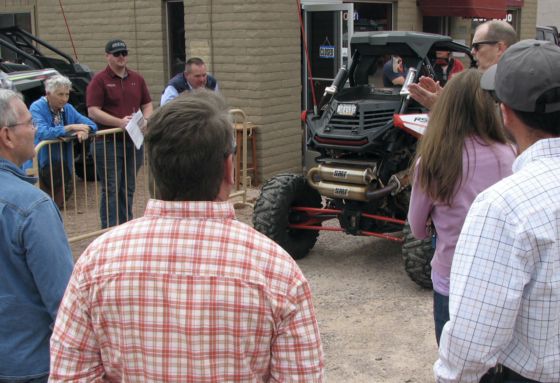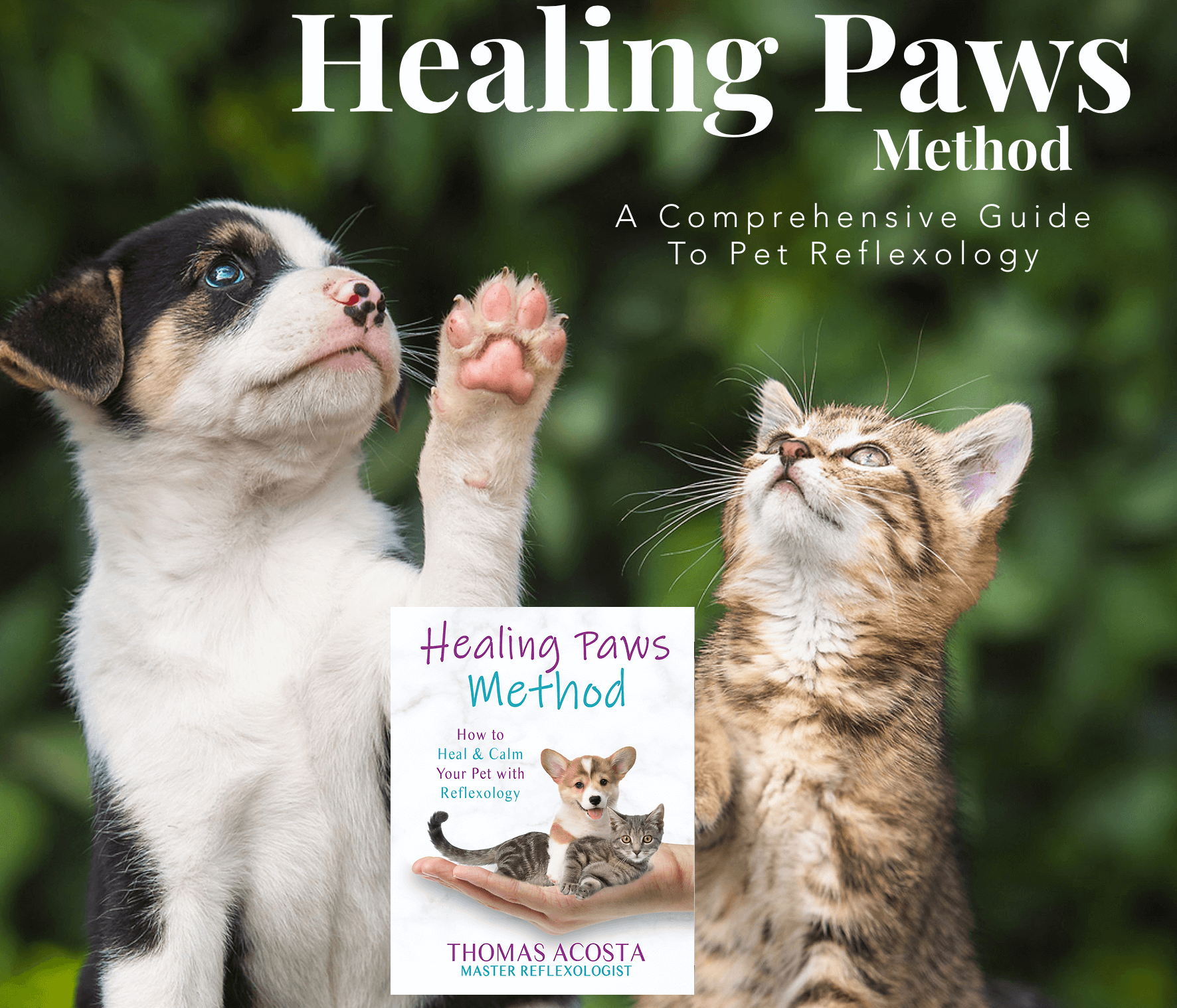Sedona, AZ — A consortium of five city, county, state and federal agencies has begun a major effort to reduce off-highway vehicle damage and disturbance in the Sedona area. This effort is the initial focus of a larger endeavor called the Greater Sedona Recreation Collaborative (GSRC) whose members include the City of Sedona, Yavapai County, Arizona Game and Fish Department, Arizona State Parks and Trails and the Coconino National Forest-Red Rock Ranger District.
The collaborative was formed last year to pursue potential solutions for a range of local outdoor recreation issues. To date, the group has identified five issues of concern to eventually be addressed including motorized recreation, non-motorized recreation, dispersed camping, mitigating cultural impacts and mitigation of environmental damage. Funding for the project is provided by the City of Sedona, Arizona State Parks and Trails and the Coconino National Forest-Red Rock Ranger District.
A Motorized Recreation Working Group began meeting in January as the initial work of the recreation collaborative. It is examining problems and ways to reduce the disturbance and environmental damage done primarily by off-highway vehicles (OHV). The working group includes 25 selected partners from the collaborating agencies, local outdoor-oriented organizations, OHV rental companies, local citizens, political leaders, rural landowners and law enforcement officers.
The group has developed a set of Action Teams to address individual elements of this complex problem. Currently operating action teams include Communications and Education, Policy and Legislation, Data Gathering and Monitoring, Environmental Conservation and Restoration and Sustainable Funding. Development of additional teams is anticipated as more needs for action are identified.
The overall process is being facilitated by Southwest Decision Resources (SDR), a team of facilitation and collaboration professionals based in Flagstaff.
An increasing attraction of OHV use on roads, trails and other open land in the greater Sedona area plus nearby population growth has created an escalating level of environmental damage to our area’s fragile resources. Increased disturbance by noise, dust and excessive speed, both inside and outside the city, add to the overall management and regulation challenge. Impacts are spread across jurisdictional boundaries of city, county, state and federal agencies further complicating resolution of the problems.
GSRC member agencies recognize the cross-jurisdictional complexity of recreation management and understand that management strategies implemented in one area often impact other areas or stakeholders. Therefore, to best address these issues, it was essential to develop a collaborative public/private process.
This is not the first time a group has formed in an attempt to address local OHV problems. There have been at least three previous efforts as well as some measures taken by individual agencies and organizations. The Motorized Recreation Working Group is, however, the most inclusive, collaborative and structured endeavor to date.
Even with such an effort, group members recognize this will be a lengthy process in identifying and implementing successful actions to reduce OHV impacts around Sedona.





